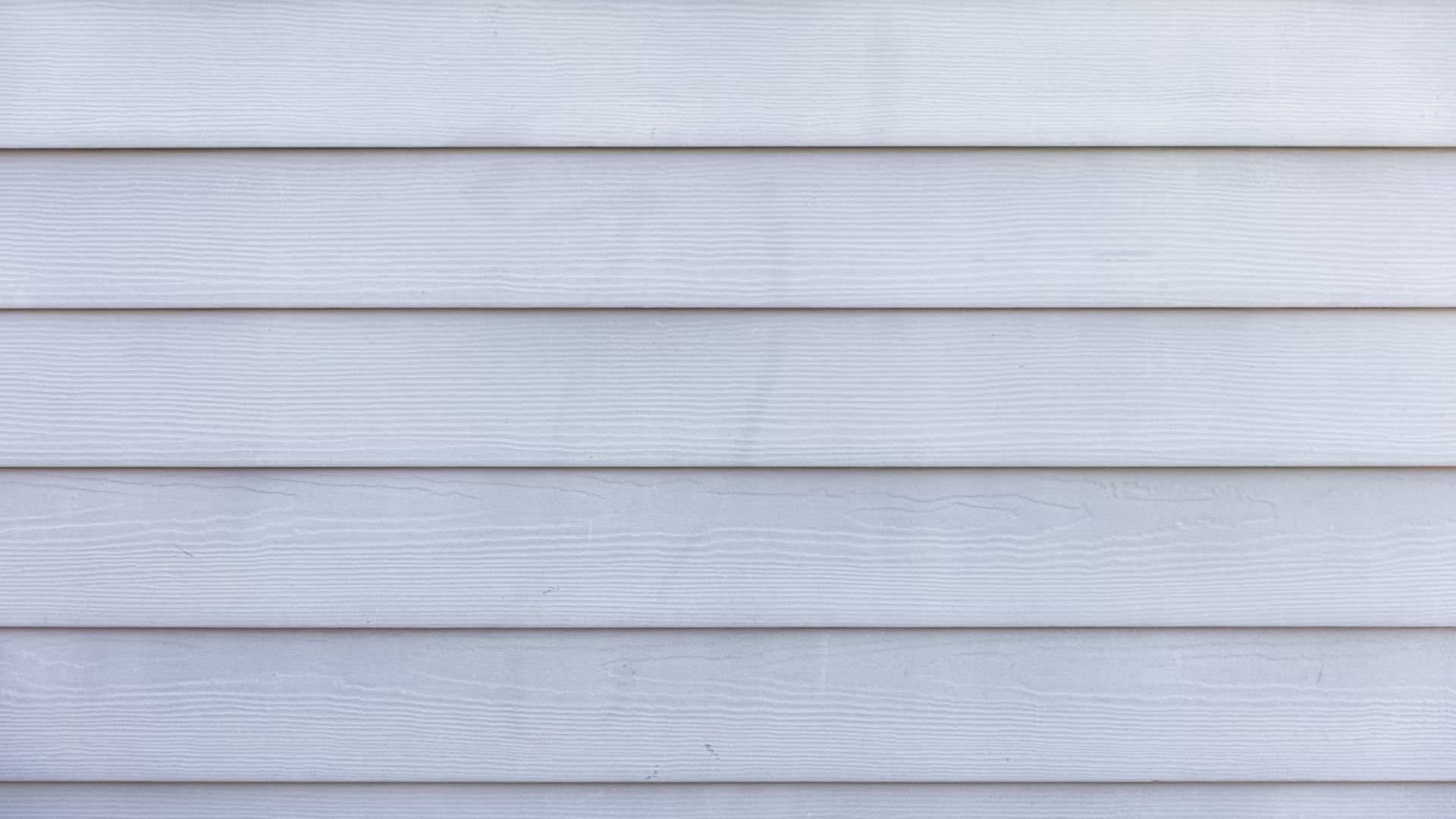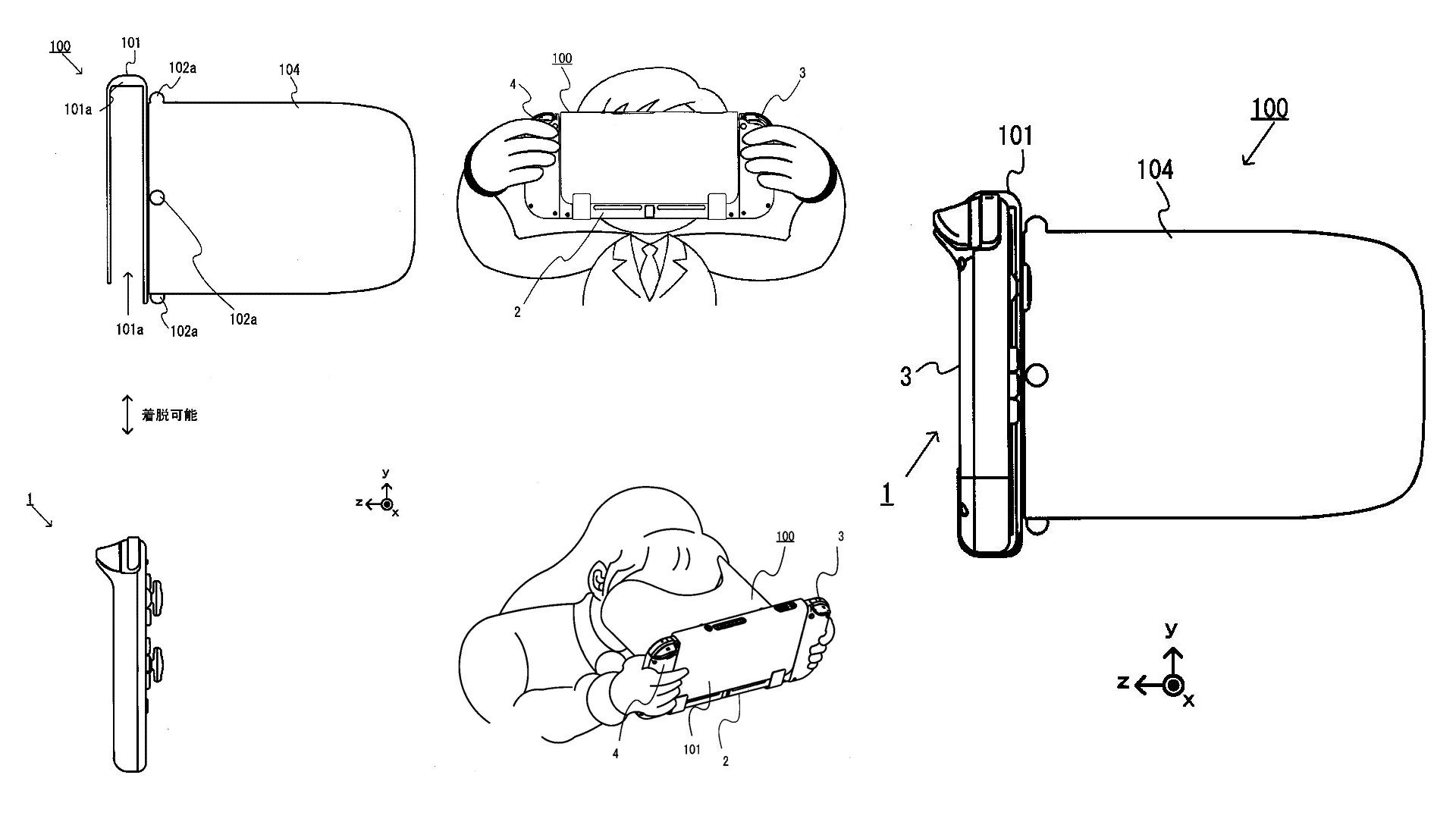Your home’s siding is a major aspect contributing to the overall look. But it’s more than just a cosmetic thing. It protects your home from the elements, insulates against the cold, and contributes to energy efficiency. That’s why you should know all about the different siding materials to choose the best.
Some materials will save you money upfront but may cost you big in repairs down the line. Others might be pricey initially, but save you on energy bills. Confused?
Here, we’ll break down everything you need to know about siding materials—the good, the bad, and the budget-friendly—so you can make the smartest choice for your home.
Siding Materials and Everything You Should Know About Them
Source: Unsplash
Vinyl Siding
Vinyl siding is a tried-and-true favorite that’s been around for decades. It’s made from PVC, making it incredibly durable and easy to maintain. It’s the go-to choice for homeowners who want a mix of reliability and affordability.
Expect to pay between $2 and $7 per square foot, depending on the quality and installation costs.
The pros of vinyl siding are:
- Low Maintenance: No need to paint or stain; a simple wash is usually enough to keep it looking new.
- Affordable: One of the least expensive siding options available.
- Versatility: Comes in a variety of colors and textures to suit different architectural styles.
The cons of vinyl siding are:
- Non-Eco Friendly: Not easily recyclable and emits toxic fumes when burned.
- Durability: Though tough, it can crack or fade over time, particularly in extreme temperatures.
Wood Siding
Wood siding gives your home that timeless, rustic appeal that many people love. Available in various styles like shingles, planks, and panels, it’s versatile but does require more upkeep.
Expect to spend anywhere from $5 to $8 per square foot, not including the cost of regular maintenance.
The pros of wood siding are:
- Aesthetic Appeal: Offers a natural, warm look that’s hard to replicate.
- Biodegradable: Environmentally friendly, as it’s biodegradable and sourced from renewable resources.
- Insulation: Excellent natural insulator, helping to keep your home warm in winter and cool in summer.
The cons of wood siding are:
- Maintenance: Requires regular painting or staining to prevent rot and insect damage.
- Costly: Generally more expensive than synthetic options like vinyl.
Fiber Cement Siding
Fiber cement siding blends cement, sand, and cellulose fibers. It’s engineered to mimic the look of wood or stone but without high maintenance or environmental concerns.
Fibre cement siding costs $6 to $12 per square foot, depending on the brand and installation.
The pros of fiber cement siding are:
- Durability: Highly durable and can last for decades without showing much wear.
- Low Maintenance: Resistant to rot, termites, and fire.
- Aesthetically Pleasing: Can mimic more expensive materials like wood and stone.
The cons of fiber cement siding are:
- Weight: Much heavier than other siding options, making installation more difficult and expensive.
- Cost: Upfront costs can be higher compared to vinyl.
Aluminum Siding
Aluminum siding was once the king of the hill before vinyl took over. It’s still a solid choice, especially for areas with extreme conditions like humid air.
Aluminum siding will cost you $3 to $6 per square foot, depending on the thickness and quality.
The pros of aluminum siding are:
- Durability: Resistant to rust, rot, and fire.
- Low Maintenance: Requires minimal upkeep, just an occasional wash.
- Recyclable: Aluminum is 100% recyclable, making it a more eco-friendly option.
The cons of aluminum siding are:
- Dents Easily: Not as sturdy as other materials; prone to dings and dents.
- Limited Design: Fewer aesthetic options compared to wood or fiber cement.
Key Takeaways
Siding installation is likely one of the most significant investments you can make in your home. It’s not just about picking a material that looks good–although aesthetics are important. You’re also deciding on the durability, maintenance, and even the long-term costs of your choice. To recap:
- Vinyl siding offers affordability and low maintenance but has environmental drawbacks.
- Wood siding brings natural beauty and insulation benefits but requires regular upkeep.
- Fiber cement siding delivers durability and aesthetic versatility, albeit at a higher initial cost.
- Aluminum siding is a low-maintenance, eco-friendly choice but not as robust as other options.







